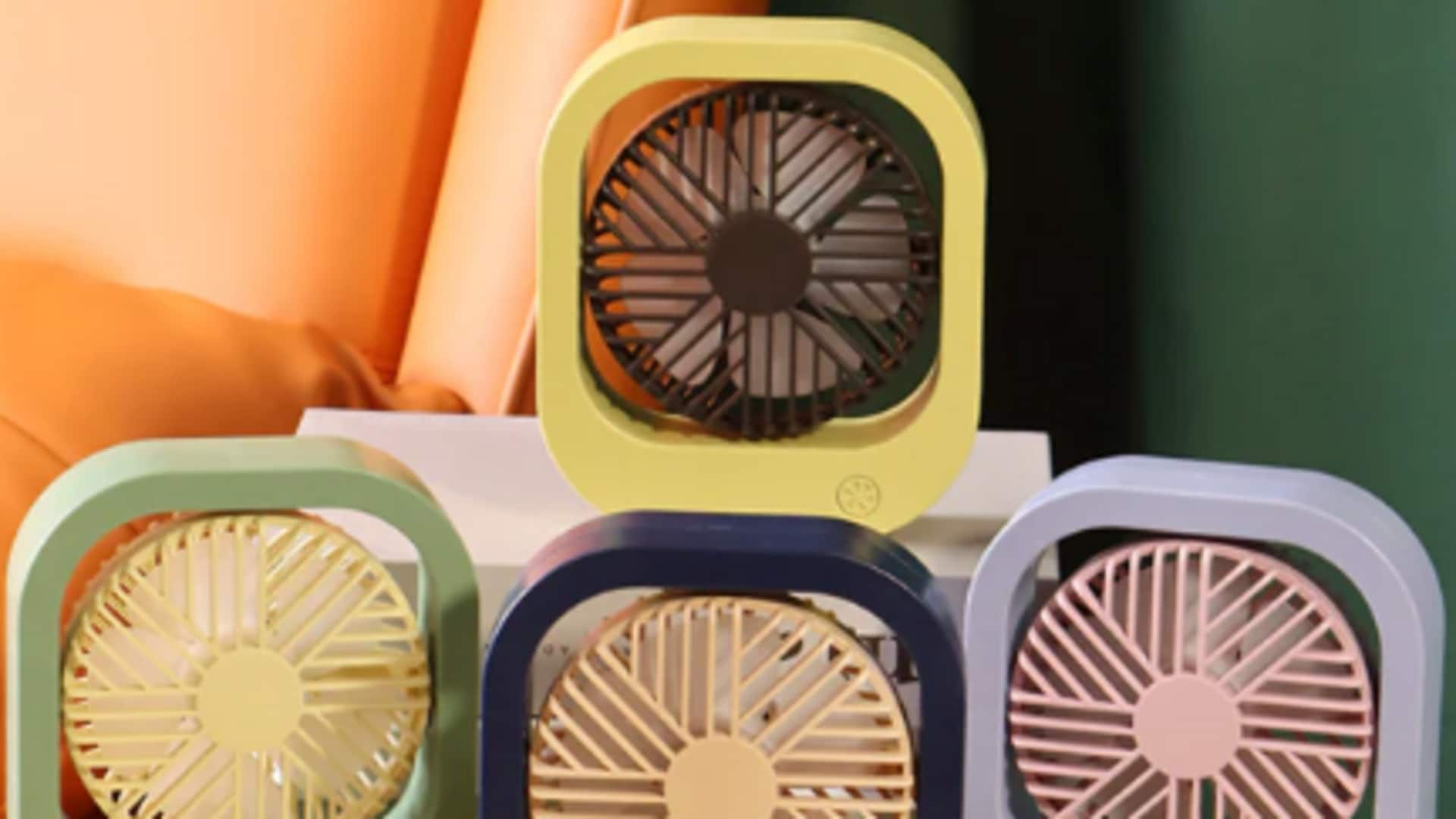
Make your own USB desk fan for under $10
What's the story
Building your own USB desk fan is not only a fun DIY project but also a cost-effective way to personalize your workspace. With the right materials and a bit of ingenuity, you can create a functional, budget-friendly fan. This article delves into various methods to build your own fan, guaranteeing comfort on those hot days without burning a hole in your pocket.
Preparation
Gather your materials
Start by collecting your materials. A small DC motor (available online for ~$3), a USB cable (any old one you have lying around), a fan blade (you can salvage one from broken gadgets or purchase it for $2), and some basic tools like wire cutters and electrical tape. That's way cheaper than spending $20 on a new desk fan!
Construction
Assembling your fan
First, firmly attach the fan blade to the motor's shaft. Next, you'll need a USB cable. Cut off one end and strip back the insulation to expose the inner wires. These wires need to be attached to the terminals of the motor. In case you can't solder, use electrical tape to make the connections secure and safe. This will prevent any potential hazards.
Safety first
Powering your fan safely
You should always prioritize safety when building electronic gadgets. Make sure to always check that all connections are well-covered with electrical tape to avoid short-circuiting. Also, before running your fan for long durations, test it with a USB power source that provides overload protection like a computer or power bank.
Personalization
Customizing your fan
The coolest part about making your own desk fan? Customization! Get creative by painting the blades or even building a stylish enclosure (think cardboard or 3D-printed) for both looks and safety. Want more speed control? Try different motors or, if you're ready for advanced electronics, add resistors into your circuit.
Optimization
Maximizing efficiency
To get the most out of your DIY desk fan, make sure it's positioned to blow directly at you without being blocked by other stuff on your desk. Play around with different blade sizes and shapes until you get the best airflow for your motor speed. Keep in mind that bigger blades need more power but can give you a stronger breeze if your motor can handle it.